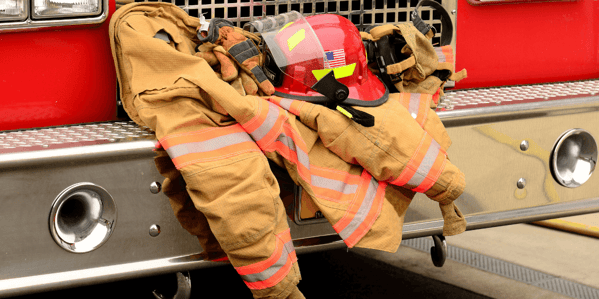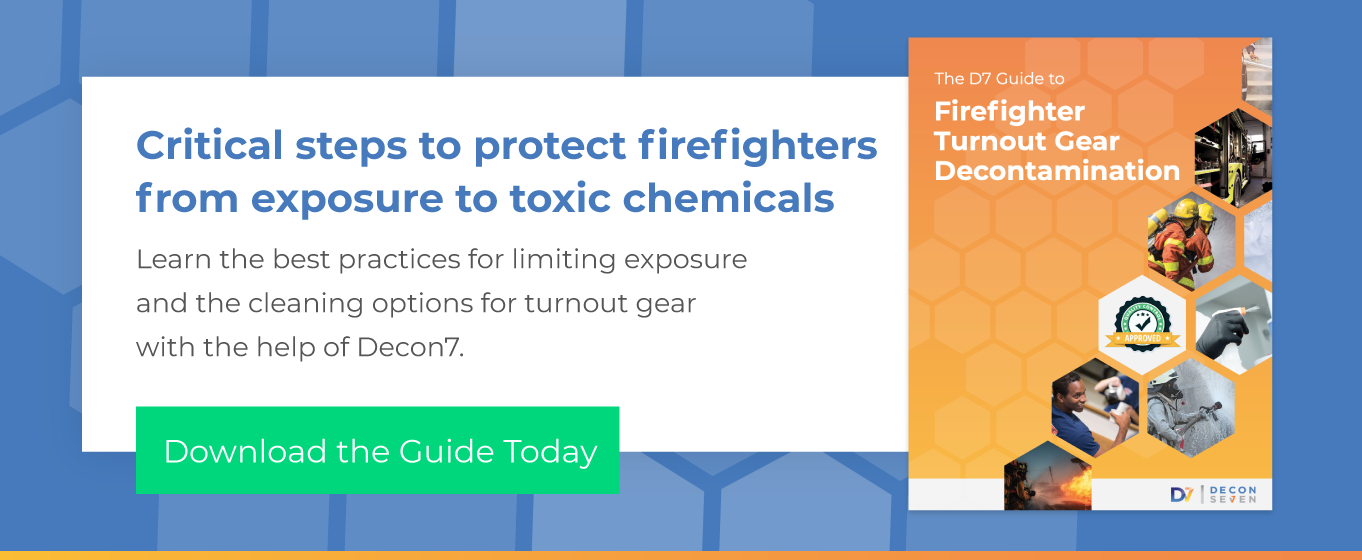 There are many moving parts in a firefighter's work, so the National Fire Protection Agency (NFPA) has created an extensive list of standards to ensure a consistent approach based on proven best practices. The NFPA is a global, self-funded nonprofit organization created in 1896 to address fire hazards and reduce the risk of death, injury, property damage, and economic loss. In addition to creating codes and standards, the organization also provides training, education, outreach, research, and advocacy.
There are many moving parts in a firefighter's work, so the National Fire Protection Agency (NFPA) has created an extensive list of standards to ensure a consistent approach based on proven best practices. The NFPA is a global, self-funded nonprofit organization created in 1896 to address fire hazards and reduce the risk of death, injury, property damage, and economic loss. In addition to creating codes and standards, the organization also provides training, education, outreach, research, and advocacy.
Of the hundreds of codes and standards the organization provides, many are devoted to firefighter safety. By understanding and adopting these standards in daily practice, firefighters can reduce the risk of injury, health hazards, and death.
What Is the NFPA 1851 Standard?
NFPA 1851 is the standard for the selection, care, and maintenance of protective ensembles for structural and proximity firefighting. As the name suggests, this standard addresses the care and maintenance of firefighter turnout gear. The standard includes procedures for:
-
- Program organization
- Gear selection
- Inspection
- Repair
- Storage
- Retirement
- Verification
- Cleaning and decontamination
Why Is the NFPA 1851 Standard in Place?
The first edition of the standard was published in 2001 and intended to be a companion standard to NFPA 1971, which addresses the design, performance, testing, and certification of firefighter gear. NFPA 1851 was written for organizations that purchase turnout gear and the individual end users who wear it.
Personal safety depends not only on properly using gear, but also maintaining it. The standard aims to teach individual end users how to take simple actions—such as cleaning and inspection—to protect themselves. The standard also addresses the methods that trained organizational personnel should use to perform advanced inspection, evaluation, decontamination, and specialized cleaning. At the administrative level, the standard covers processes for periodic action to ensure the standard is being met.
Firefighter cancer is a real issue that proper care and maintenance of turnout gear can help prevent. By properly cleaning gear at the fireground, isolating it during transport, and decontaminating it before use, firefighters can significantly reduce their exposure to harmful chemicals and carcinogens. As the standard suggests, the entire organization must take action to protect firefighter health.
Tips for Meeting or Exceeding the NFPA 1851 PPE Standard
The standard only specifies the minimum requirements for proper care of turnout gear, and although it continues to evolve, you can go above and beyond if you choose. The most recent edition of NFPA 1851 increased the requirement for the advanced cleaning of gear from just once a year to two times a year. It also requires protective clothing to go through advanced cleaning every time it is exposed to products of combustion.
Although this is an essential change, it can be burdensome for organizations that don’t have the resources for frequent cleaning. Use these tips to stay on top of turnout gear decontamination:
Invest in more gear.
Having multiple sets of gear makes it easier to have more clean gear available. This approach also gives teams space to perform cleaning between fire events and ensures that clean gear is always available.
Invest in more cleaning equipment.
Having multiple NFPA-compliant front-loading washers onsite will allow you to launder more gear at a time. Outer shells and inner linings must be separated, so having at least two machines allows for more efficient cleaning. Having dedicated machines for specific types of equipment also reduces the risk of cross-contamination from heavily soiled gear.
Train more people.
If more team members know how to properly clean gear, then it can be cleaned more often. Investing in training also reinforces the importance of maintaining gear cleanliness and reduces the burden on specific individuals.
Be careful about detergent selection.
Although the NFPA doesn’t specifically approve detergents, some products meet the NFPA standards. Read the safety data sheet or product label to ensure that any product you are considering falls within the required pH range of 6.0 to 10.5. Avoid using bleach or other chlorine-based products because they can deteriorate the materials used in turnout gear. Ask for studies showing that prolonged use of the product does not lead to degradation of materials or a change in gear performance.
Outsource decontamination.
Contract a Mobile Extraction Unit™ to visit your site and handle gear cleaning and regular decontamination. The vendor you choose should be independently verified to provide peace of mind that they will meet standards. Check Intertek Testing Services (ITS) and Underwriters Laboratories (UL) to ensure that any providers you are considering are verified by one of these NFPA-approved organizations.
There are many advantages to working with a mobile extraction unit for some or all of your gear cleaning needs:
-
- It can come to your site regularly or as needed.
- It provides equipment, so no extra equipment or space is needed at the station.
- It cleans, decontaminates, dries, and inspects gear according to NFPA standards.
- It frees up time for your team to focus on the job.
Trust Decon7 for Firefighter Gear Cleaning
Whether you choose to perform gear cleaning on your own or outsource it, Decon7 has solutions. D7 can be used at the fireground as a spray or foam to neutralize chemicals, reduce exposure, and decrease the risk of cross-contamination. At the station, D7 liquid can be used in the laundry to neutralize chemicals without damaging materials.
If you choose to outsource, look for a provider that offers the Decon7 Mobile Extraction Unit—a self-contained decontamination station that can handle all your gear-cleaning needs.
For more tips on reducing exposure to harmful carcinogens, read The Decon7 Guide to Firefighter Turnout Gear Decontamination.


